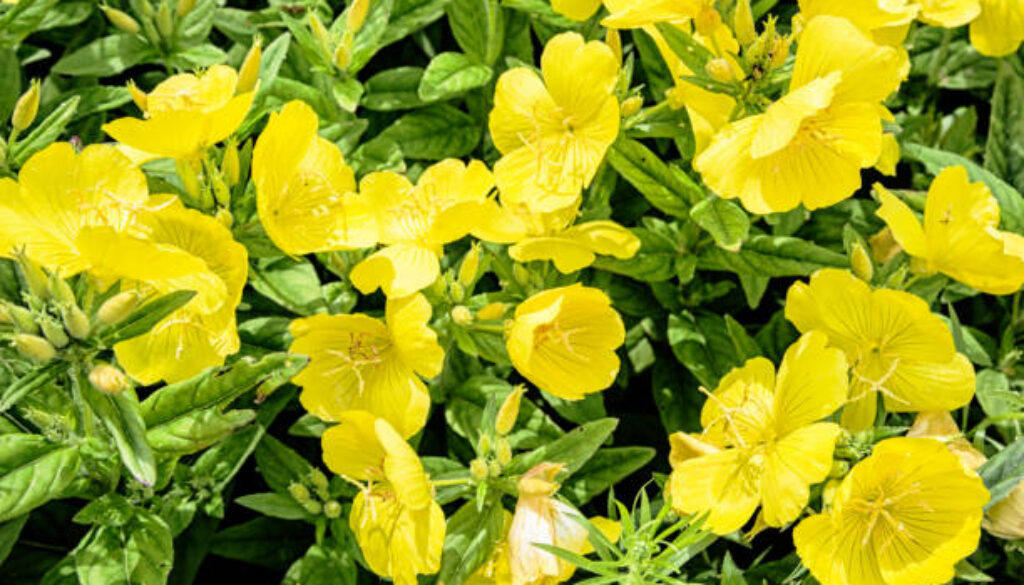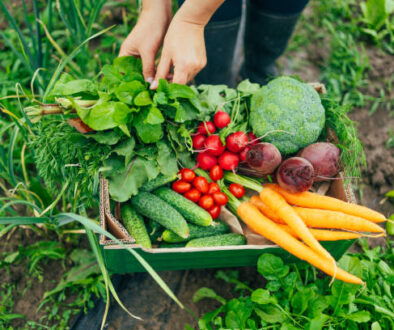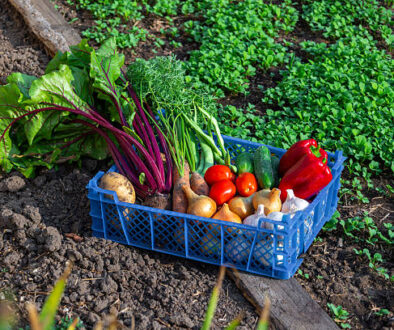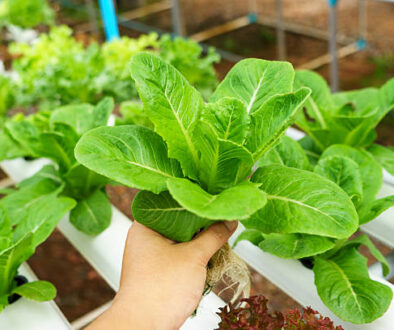12 Medicinal Wild Plants You Can Actually Find in Your Backyard
This post may contain paid and/or affiliate links. I may earn a small commission at no extra cost to you.
You don’t need a huge garden or fancy greenhouse to start a healing herbs collection at home.
Many powerful medicinal wild plants grow right in your backyard or nearby green spaces.
And adding them to your healing herbs garden or using them in remedies can save money, provide natural solutions for common ailments, and help you connect with nature.
Here are 12 medicinal wild plants you can actually find around you.
1. Dandelion
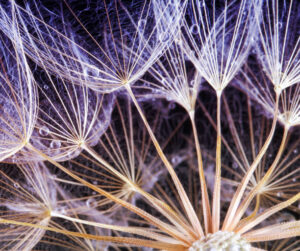
Dandelion is often overlooked as a simple weed, but it’s a powerful medicinal plant.
Its leaves support liver health, aid digestion, and can act as a gentle diuretic. The flowers and roots also have nutritional and medicinal value.
Tip: Harvest leaves in early spring for the best flavor and potency.
Related:
- Why Having a Medicine Herbs Garden at Home is The Best Thing You Can Do
- Mistakes to Avoid When Growing a Medicinal Herb Garden
- The Most Important Plants That Are Probably Missing From Your Backyard (Medicinal Plants)
2. Plantain – Skin Healer
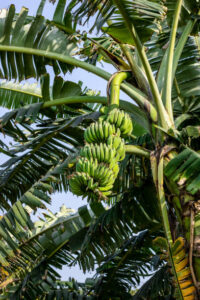
Plantain is a common wild plant with strong anti-inflammatory properties.
It can be used to soothe insect bites, cuts, and minor burns. Plantain grows almost anywhere, making it a handy addition to your backyard remedies.
Tip: Crush fresh leaves and apply directly to skin for quick relief.
3. Nettles
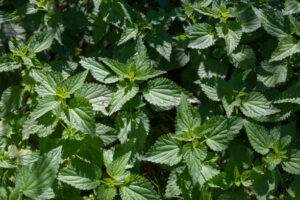
Nettles are packed with vitamins and minerals. They support immune health, reduce inflammation, and can be made into teas or soups. Wear gloves when harvesting to avoid stings, and your backyard nettles can become a wellness powerhouse.
Tip: Blanch leaves before use to remove stinging properties.
4. Yarrow – Wound and Circulation Aid
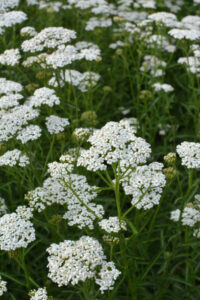
Yarrow is a versatile medicinal plant that helps stop bleeding, supports wound healing, and improves circulation. Its flowers and leaves can be used fresh or dried in teas, tinctures, and salves.
Tip: Harvest leaves and flowers before full bloom for maximum potency.
5. Chickweed – Digestive and Skin Benefits
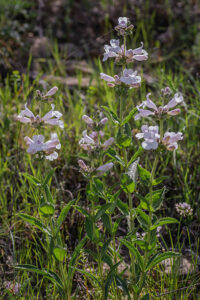
Chickweed grows in lawns and gardens, and it’s great for skin irritation, digestive support, and mild inflammation. Fresh leaves can be eaten or used in poultices.
Tip: Pick tender young shoots for the best taste and effectiveness.
6. Red Clover – Detox and Hormonal Balance
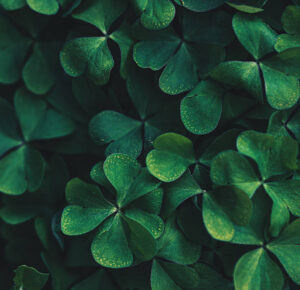
Red clover is commonly found in meadows and open fields. Its flowers help with detoxification, respiratory health, and hormonal balance. Red clover tea is a gentle and soothing remedy.
Tip: Harvest flowers when fully open and dry for later use.
7. Clover – Immune Boost
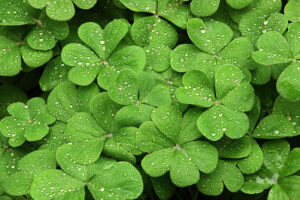
White or sweet clover can be found in lawns and pastures. Its flowers are used for mild respiratory support, detoxification, and as a gentle immune booster.
Tip: Only harvest from pesticide-free areas.
8. Violet – Respiratory and Skin Support

Violets are commonly found in yards and wooded areas. The leaves and flowers are edible and have soothing effects for respiratory issues, skin conditions, and mild inflammation.
Tip: Harvest leaves before flowering for the best flavor.
9. Purslane – Nutrient-Dense and Anti-Inflammatory
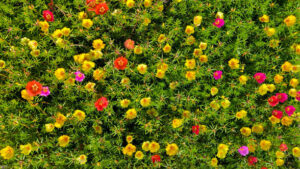
Purslane grows low to the ground in sunny areas and is rich in omega-3 fatty acids and antioxidants. It supports heart health, inflammation reduction, and general nutrition.
Tip: Harvest fresh stems and leaves to eat raw in salads or smoothies.
10. Wood Sorrel – Digestive Aid
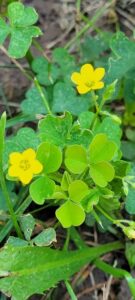
Wood sorrel grows in shaded, moist areas and has a tart, lemony flavor. It aids digestion, reduces fever, and can be used as a refreshing addition to salads or teas.
Tip: Harvest leaves sparingly as it can spread quickly.
Tips for Using Wild Medicinal Plants Safely
- Identify accurately: Make sure you can positively identify each plant. Misidentification can be dangerous.
- Harvest from clean areas: Avoid roadsides, chemically treated lawns, or polluted sites.
- Use in moderation: Start with small amounts when trying new plants.
- Dry or preserve properly: Many herbs can be dried for teas or stored as tinctures.
- Rotate harvesting: Leave some plants to continue growing and reproduce.
Conclusion
Your backyard can be a treasure trove of healing wild plants. From dandelion and plantain to violet and purslane, these medicinal wild plants provide nutrition, natural remedies, and a deeper connection to nature.
By carefully harvesting and using them, you can create a backyard that’s both beautiful and beneficial for your health.
FAQs About Backyard Medicinal Wild Plants
Q1: Can I mix these plants into my healing herbs garden?
Yes! Many wild plants adapt well to garden conditions and complement cultivated medicinal herbs.
Q2: Are these plants safe to eat?
Most are safe in small amounts, but always ensure proper identification and avoid unknown plants.
Q3: How can I preserve wild plants?
Leaves, flowers, and stems can be dried for teas, stored in jars, or made into tinctures and salves.
Q4: Can beginners use these plants safely?
Yes, with proper research and identification. Start with common plants like dandelion, plantain, and nettles.
